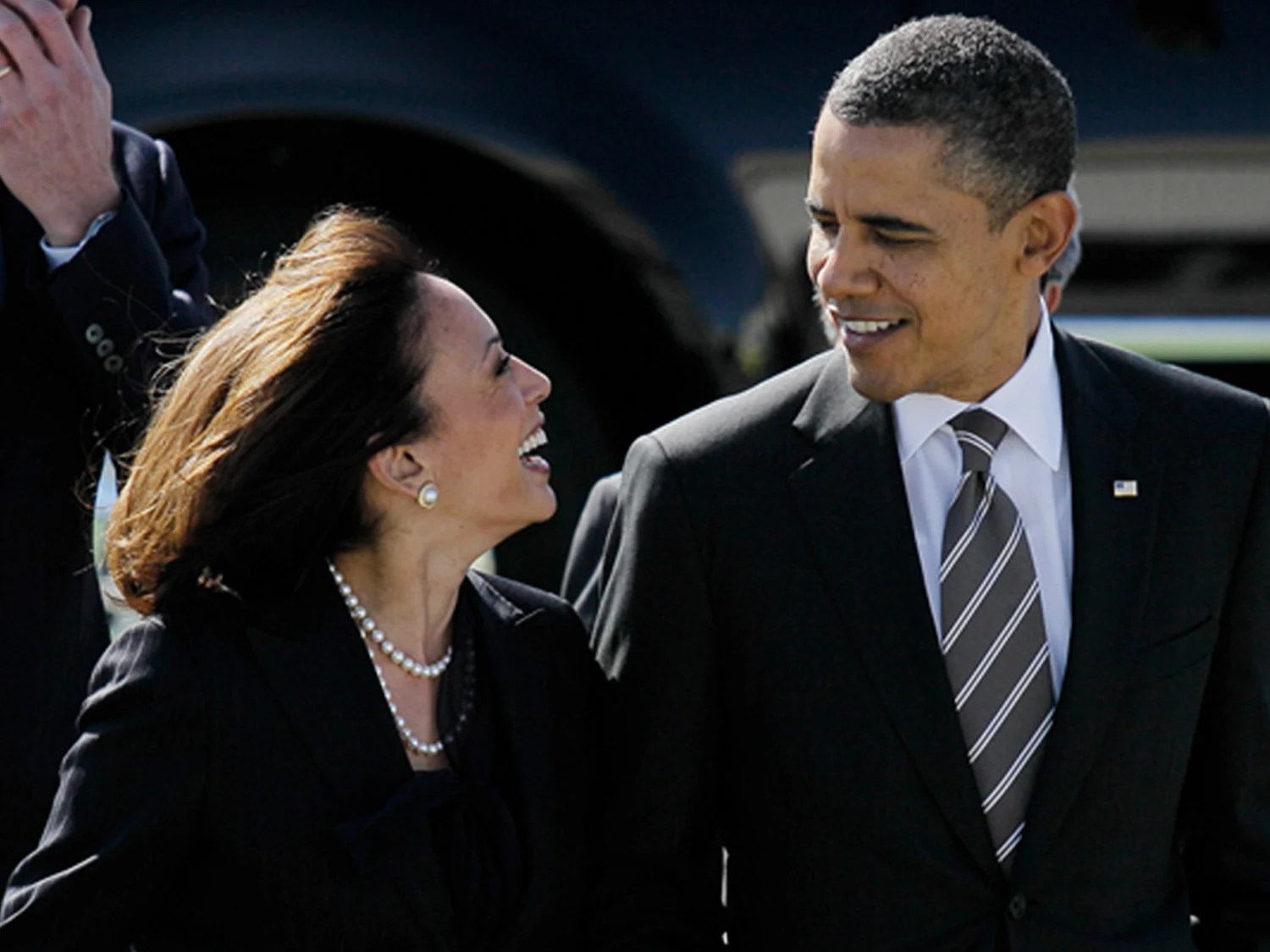US Treasury yields edged lower on Tuesday following a revised economic outlook from the Organization for Economic Co-operation and Development (OECD), which downgraded its forecasts for US and global growth, citing rising trade policy uncertainty and escalating tariff tensions.
As of 4:18 a.m. ET, the 10-year Treasury yield had declined by more than five basis points to 4.41%, while the 2-year yield fell to 3.916%, and the 30-year yield dropped to 4.937%. A single basis point equals 0.01%, and yields typically move inversely to bond prices.
The OECD revised its US GDP growth forecast to 1.6% for 2025 and 1.5% for 2026, down from a previously expected 2.2% growth in 2025. The Paris-based organization attributed the downgrade to elevated policy uncertainty, increasing trade barriers, reduced immigration, and a smaller federal workforce. Similar downward revisions were made to global growth estimates, now projected to slow from 3.3% in 2024 to 2.9% in 2025 and 2026.
The report comes amid renewed trade tensions involving the US, China, and the European Union. On Monday, Beijing disputed U.S. claims that it had breached a temporary trade agreement, while the EU criticized a US plan to double steel tariffs to 50%, threatening potential countermeasures.
The OECD emphasized that sustained protectionist measures could further weaken global economic prospects, disrupt supply chains, and add to inflationary pressures.
“The global outlook is becoming increasingly challenging,” the report stated, citing declining business and consumer confidence and tighter financial conditions as additional risks.
The organization also revised its inflation forecast upward for the US, now projecting a 3.2% inflation rate in 2025, up from 2.8% in its March estimate. It noted that trade costs associated with higher tariffs may fuel inflation, although this could be partially offset by easing commodity prices.
The implications of trade tensions are already visible in financial markets, with bond yields retreating in response to investor caution. Market participants are also watching for US economic data, including figures on job openings, factory orders, and durable goods, to gauge near-term economic momentum.
The OECD report underscored broader concerns among economists about the long-term effects of ongoing trade disputes and policy uncertainty. While the organization acknowledged that some new tariffs might encourage domestic production, it warned of the negative impact on consumer purchasing power and investment confidence.
In addition, the report suggested that the Federal Reserve may hold interest rates steady through 2025, with a potential reduction to 3.25%-3.5% by the end of 2026, assuming inflation pressures ease in the longer term.










The latest news in your social feeds
Subscribe to our social media platforms to stay tuned